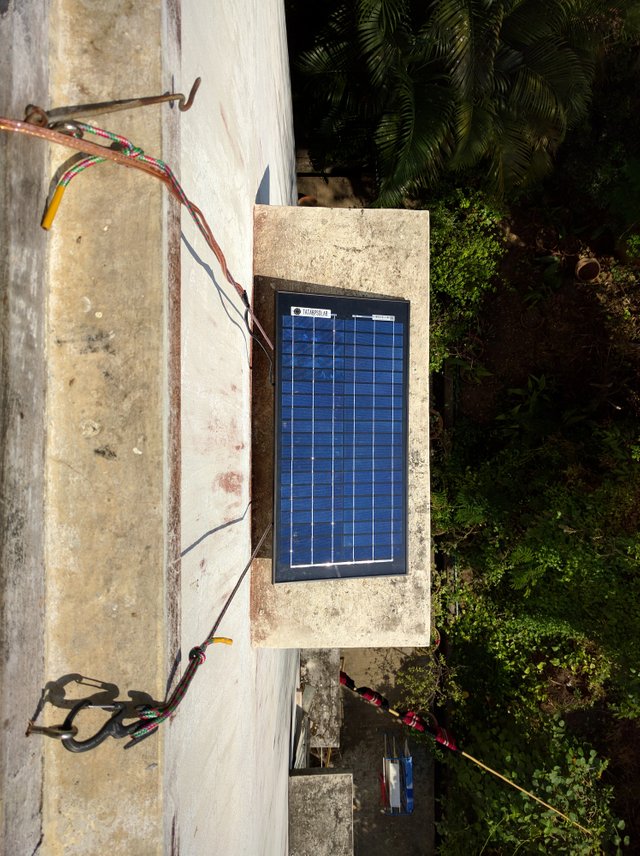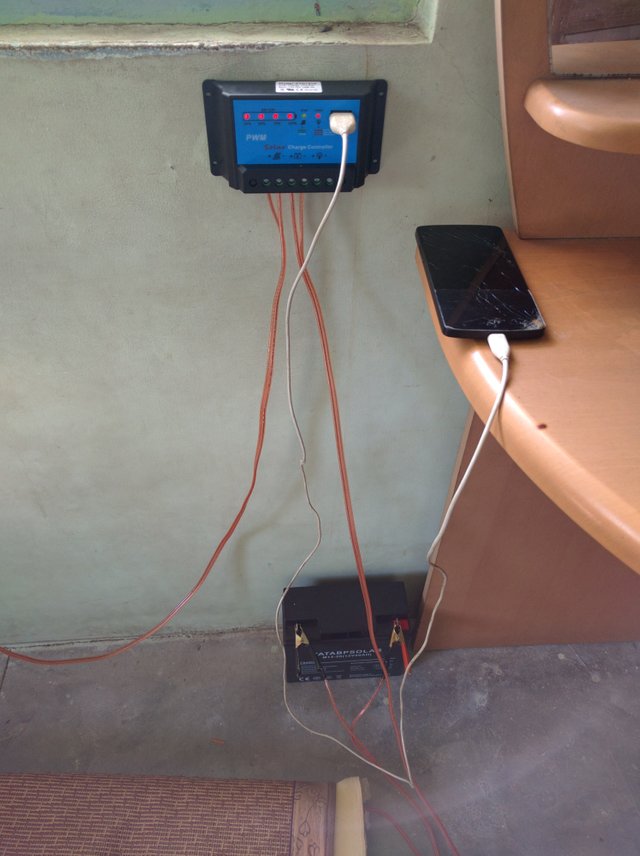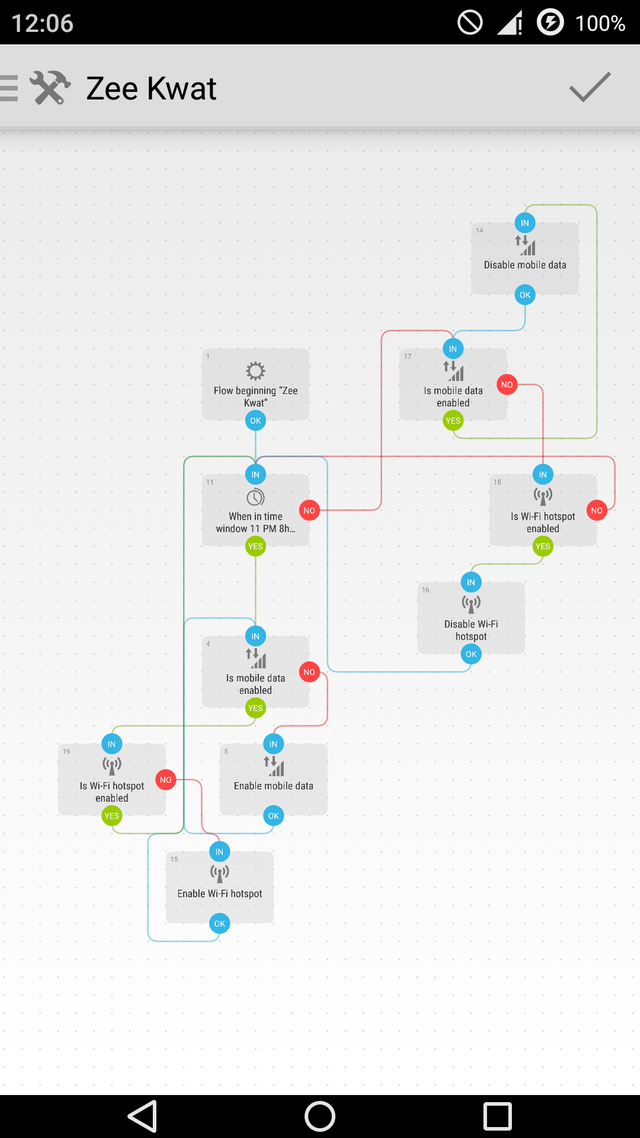Hi Steemit, my name is Griffin and one of my hobbies is doing little simple solar projects that might be helpful for people in the developing world (like Myanmar, where I live). I have taught how to set up simple solar systems in rural areas in Myanmar, and this year I gave a demonstration at barcamp Yangon.
After my barcamp demonstration on small solar systems for beginners, nobody wanted to purchase the demo equipment from me, even at a crazy discount! So I figured I'd make it a little bit useful. My old Nexus 5 has a pretty terrible screen now, but still a perfectly good processor and 3G/4G radio. Telenor now offers super zee kwat (night owl) internet at 1 kyat per megabyte (about $0.001), but only from 11pm-7am.
TIL that this price (which is less than 0.1 cent per megabyte) is likely well below telenor's network cost per megabyte, which means it's a pretty good deal!
Using the equipment I had and a handy app called Automate, I programmed the nexus 5 to automatically turn data on between the hours of 11 and 7 and then plugged it into the system, which should have enough capacity to charge the phone indefenitely.
Now I have an off-grid telenor hotspot named The Night's Watch that will always only give me the cheapest internet
Solar setup
For the demo I purchased the absolute minimum number of components required to have a useful solar system:
- One 35 watt solar panel -- 22,000 kyat ($17 USD)
- One 20 amp-hour dry cell lead-acid battery -- 26,000 kyat ($20 USD)
- One 10 amp solar controller -- 10,000 kyat ($7.50 USD)
- 6 feet of wire and two alligator clips -- 3,000 kyat ($2 USD)
The controller, surprisingly, has a USB port built-in that outputs 5V/3A -- this is huge, because DC/DC step-down converters are nowhere to be found on Bo Ywe Road, which is the place to find all the electrical odds and ends in Yangon.
So all I needed to do was put it all together again, and then mount the panel outside of my south-facing window, at ~16 degrees of inclination for ideal sun, since Yangon is at 16 degrees latitude (for larger and more efficient systems, there's much more to consider to get the best power, but I just eye-balled it :) Luckily, the downstairs window has an overhang to set the panel on; I don't think they'll notice.
For the window mount I got some rope and eye-screws from a shop across from Theingyi Ze:

Then I just sent the wire up through to the controller, and have the battery and my phone nearby on the desk.

Hotspot setup
There's a lot you can do if you know a programming language like Python, but I don't! Fortunately, there's still a lot you can do with no programming knowledge.
Automate is a really handy app for Android that allows you to create scripts (or flows, as they say) that will run in the background according to any rules that you program. A lot is possible with any phone, but to control mobile data, hotspot, and other system-level processes, Automate needs to run with root permissions.
Using automate, I created this flow and plugged the phone in:

It's possible to tweak the timing settings so that the phone only checks at the beginning and at the end of an interval, so I can still turn the internet on and get average telenor internet at 6 kyat per MB.
So that's it! Not bad for a grid independent hotspot that could cost less than $80 bucks even with a phone and SIM card!
Nice one.
Welcome to my blog!:)
Downvoting a post can decrease pending rewards and make it less visible. Common reasons:
Submit